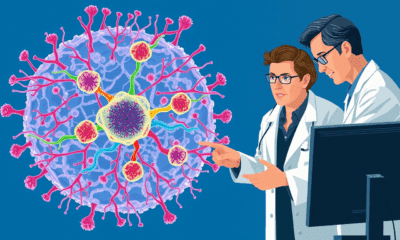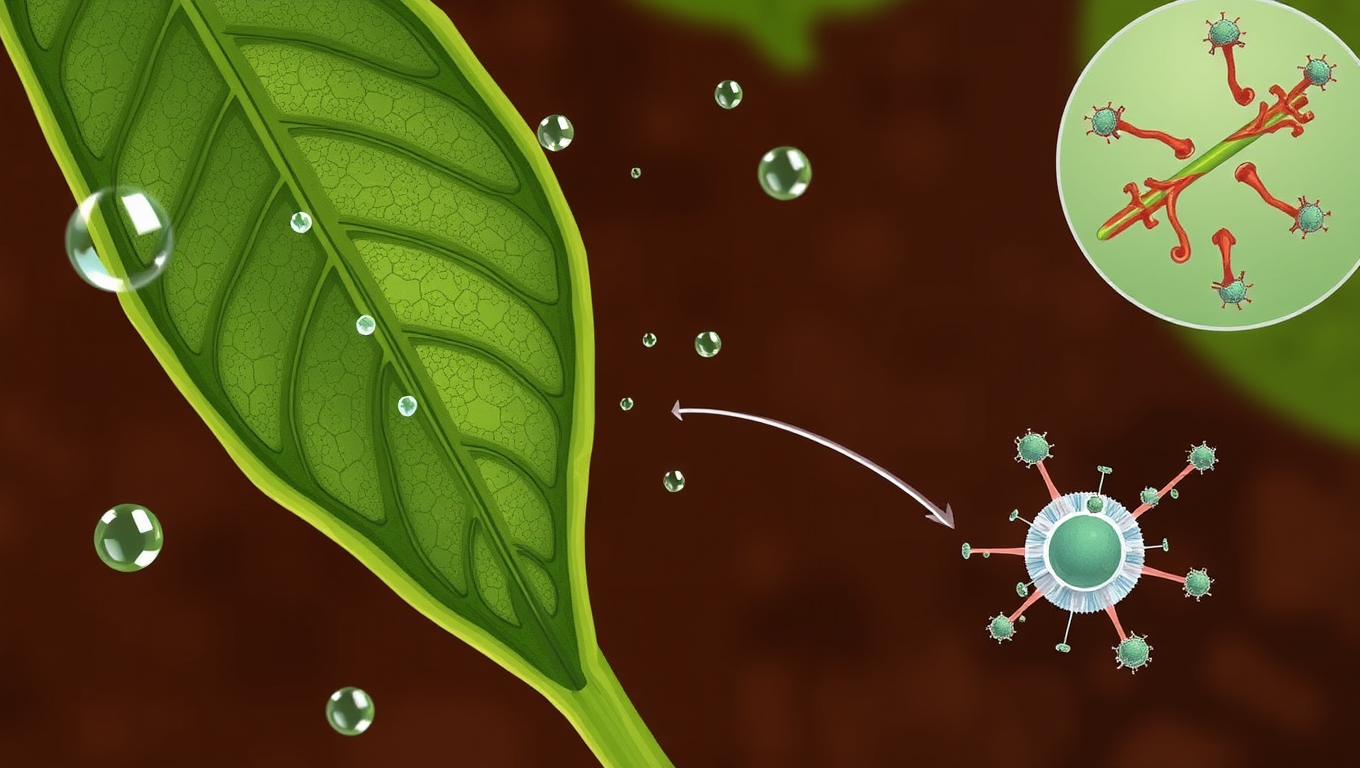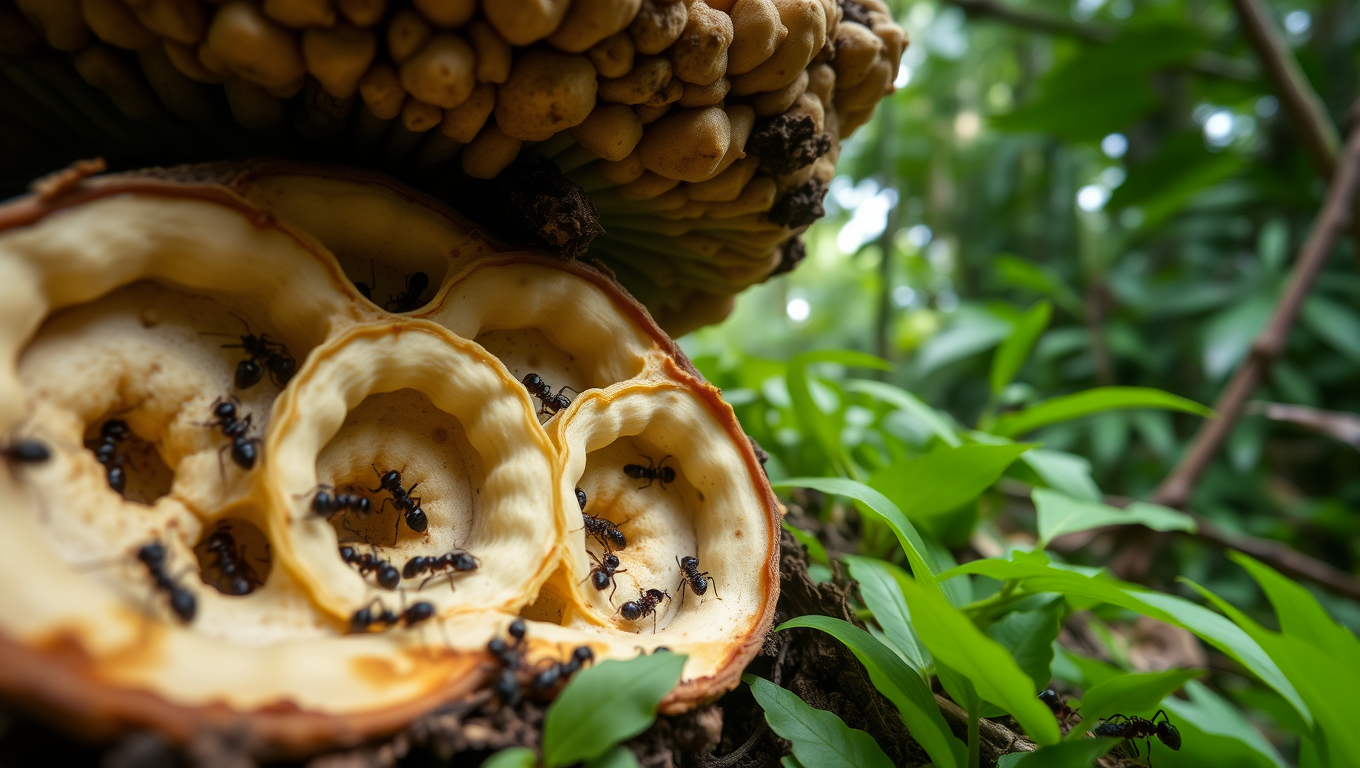While we try to keep things accurate, this content is part of an ongoing experiment and may not always be reliable.
Please double-check important details — we’re not responsible for how the information is used.
Agriculture and Food
The Dark Side of Cannabis Use in Pregnancy
A systematic evidence review finds that consuming cannabis while pregnant appears to increase the odds of preterm birth, low birth weight and infant death.

Agriculture and Food
The Ozone Secret: Extending Mango Storage Life by 28 Days
Mango lovers and growers alike may soon rejoice: scientists at Edith Cowan University have found that a simple dip in ozonated water can drastically extend the shelf life of mangoes by up to two weeks while reducing spoilage. This technique, called aqueous ozonation, helps prevent chilling injuries that typically occur during cold storage, a long-standing challenge in mango preservation.
Agriculture and Food
The Secret Motor Protein That Saves Crops from Drought: Uncovering Myosin XI’s Role in Plant Stress Response
Scientists have discovered that a protein once thought to be just a cellular “courier” actually helps plants survive drought. This motor protein, myosin XI, plays a critical role in helping leaves close their pores to conserve water. When it’s missing, plants lose water faster, respond poorly to drought, and activate fewer protective systems. The finding could open the door to hardier crops that can withstand a warming, drying world.
Agriculture and Food
The Tiny Condos of Fiji’s Ant Plant: A Key to Harmonious Coexistence Among Unrelated Symbionts
High in Fiji s rainforest, the ant plant Squamellaria grows swollen tubers packed with sealed, single-door apartments. Rival ant species nest in these chambers, fertilizing their host with nutrient-rich waste while never meeting face-to-face. When researchers sliced open the walls, fatal battles erupted, confirming that the plant s compartmentalized architecture prevents war and sustains the partnership. CT scans of the tubers unveiled a meticulously isolated maze, showcasing evolution s clever fix for keeping multiple, unrelated houseguests peacefully productive.
-

 Detectors3 months ago
Detectors3 months agoA New Horizon for Vision: How Gold Nanoparticles May Restore People’s Sight
-

 Earth & Climate4 months ago
Earth & Climate4 months agoRetiring Abroad Can Be Lonely Business
-

 Cancer4 months ago
Cancer4 months agoRevolutionizing Quantum Communication: Direct Connections Between Multiple Processors
-

 Agriculture and Food4 months ago
Agriculture and Food4 months ago“A Sustainable Solution: Researchers Create Hybrid Cheese with 25% Pea Protein”
-

 Diseases and Conditions4 months ago
Diseases and Conditions4 months agoReducing Falls Among Elderly Women with Polypharmacy through Exercise Intervention
-

 Albert Einstein4 months ago
Albert Einstein4 months agoHarnessing Water Waves: A Breakthrough in Controlling Floating Objects
-

 Chemistry4 months ago
Chemistry4 months ago“Unveiling Hidden Patterns: A New Twist on Interference Phenomena”
-

 Earth & Climate4 months ago
Earth & Climate4 months agoHousehold Electricity Three Times More Expensive Than Upcoming ‘Eco-Friendly’ Aviation E-Fuels, Study Reveals





























